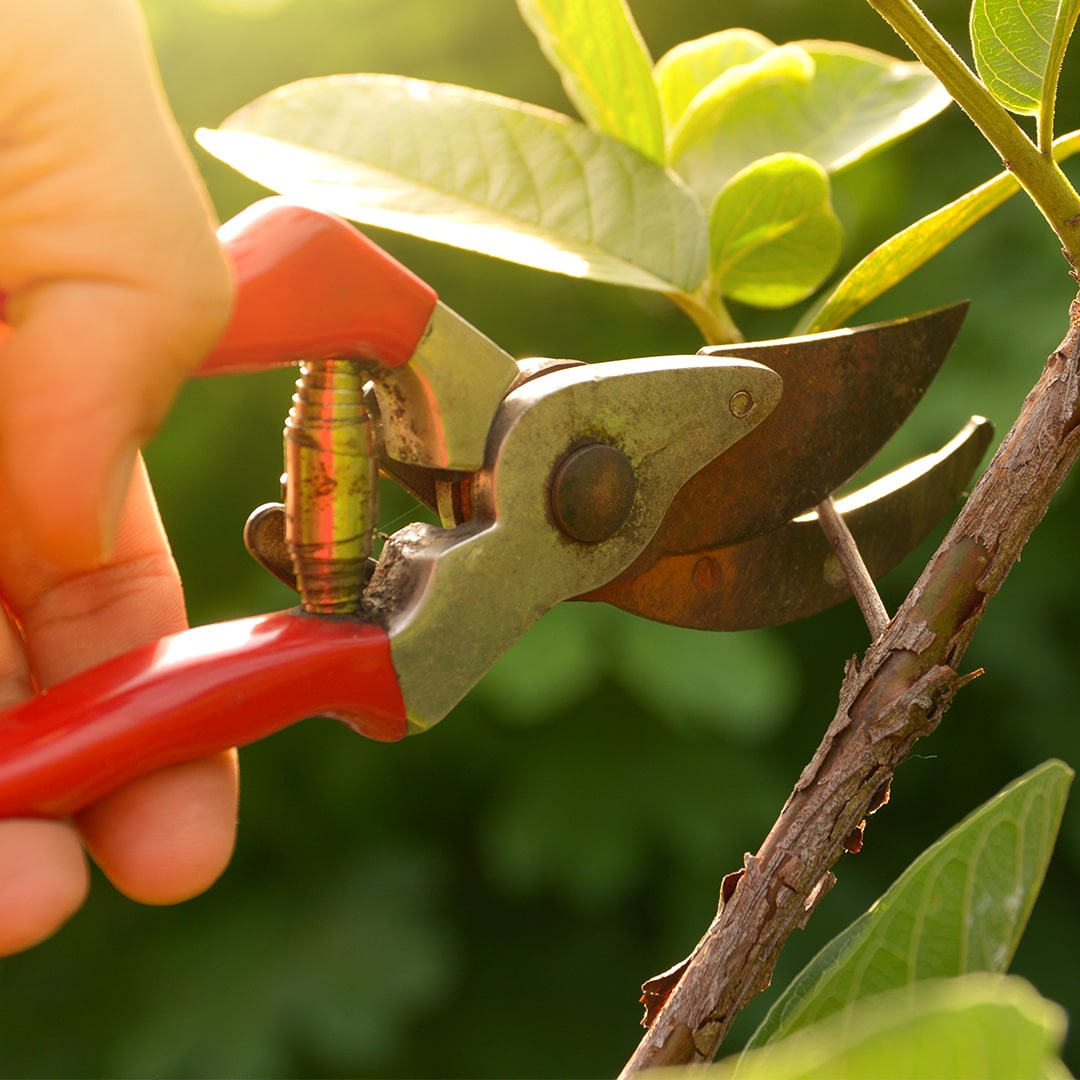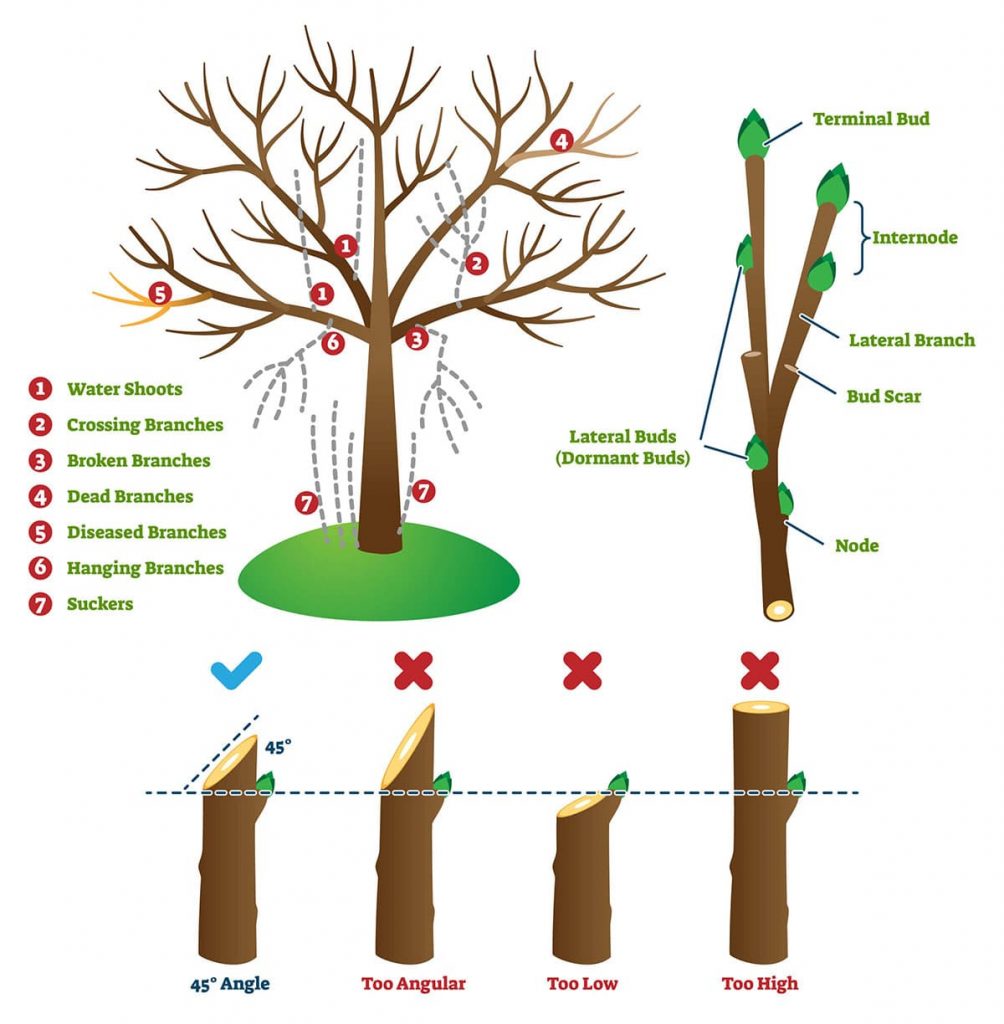How to Prune Plants for Better Growth

Imagine you're an artist, and your garden is your canvas. Every plant is a brushstroke, contributing to the overall masterpiece. Pruning is your tool to shape and refine, ensuring each plant reaches its full potential. But where do you start? How do you know which branches to cut and which to leave? Welcome to our comprehensive guide on how to prune plants for better growth. Let's dive in and transform your garden into a thriving, blooming paradise.
Understanding Plant Pruning
Pruning isn't just about cutting back overgrown plants. It's a vital aspect of plant care that promotes plant health and encourages blooming. Think of it as a haircut for your plants—it removes the unwanted bits and encourages new, healthy growth.
Why Prune Your Plants?
Pruning serves several purposes:
- Promotes Plant Health: Removing dead or diseased branches prevents the spread of decay and encourages the plant to focus its energy on healthy growth.
- Encourages Blooming: Proper pruning can stimulate flower production, giving you a more vibrant and colorful garden.
- Controls Size and Shape: Pruning helps maintain the desired size and shape of your plants, keeping your garden neat and tidy.
Essential Pruning Techniques
Now that you understand why pruning is important, let's explore some essential pruning techniques.
Pinching
Pinching is the simplest form of pruning. It involves removing the growing tip of a plant by pinching it off with your fingers. This technique is great for encouraging bushier growth in young plants.
Heading Back
Heading back involves cutting a branch back to a healthy bud. This technique is used to control the size and shape of a plant. It's like giving your plant a trim, helping it maintain a neat appearance.
Thinning
Thinning involves removing entire branches at their point of origin. This technique is used to increase light penetration and air circulation, which is crucial for plant health. It's like decluttering your plant, removing the excess to let the important parts shine.

When to Prune Your Plants
Timing is crucial when it comes to pruning. Different plants have different pruning needs, but here are some general guidelines:
- Spring-Flowering Plants: Prune these immediately after they finish blooming. This gives them plenty of time to produce new growth and set buds for the next year.
- Summer-Flowering Plants: Prune these in late winter or early spring, before new growth begins.
- Evergreens: Prune these in late winter or early spring, before new growth begins.
Tools of the Trade
Having the right tools makes pruning easier and more effective. Here are some essential tools for plant pruning:
- Pruning Shears: These are your go-to tool for most pruning tasks. They're great for cutting branches up to about 1/2 inch in diameter.
- Loppers: These are like giant pruning shears, used for cutting branches up to about 1 1/2 inches in diameter.
- Pruning Saw: This is used for cutting branches larger than 1 1/2 inches in diameter.
How to Prune Specific Plants
Different plants have different pruning needs. Here are some tips for pruning common garden plants:
Roses
Roses should be pruned in late winter or early spring. Remove any dead or diseased canes, then cut back the remaining canes by about one-third to one-half. Make sure to cut at a 45-degree angle just above an outward-facing bud.
Hydrangeas
The pruning needs of hydrangeas depend on the variety. Bigleaf and oakleaf hydrangeas bloom on old wood and should be pruned immediately after flowering. Panicle and smooth hydrangeas bloom on new wood and should be pruned in late winter or early spring.
Fruit Trees
Fruit trees should be pruned in late winter or early spring. The goal is to create an open, vase-shaped structure that allows plenty of light and air to reach the center of the tree. Remove any dead or diseased branches, then cut back the remaining branches to create the desired shape.

Common Pruning Mistakes to Avoid
Even the most well-intentioned gardeners can make pruning mistakes. Here are some common ones to avoid:
- Over-Pruning: It's easy to get carried away and cut back too much. Remember, you can always cut more, but you can't put branches back once they're cut.
- Pruning at the Wrong Time: Timing is crucial when it comes to pruning. Make sure you know the best time to prune your specific plants.
- Using Dull Tools: Dull tools can damage plants and make pruning more difficult. Make sure your tools are sharp and clean.
Conclusion
Pruning is an essential aspect of plant care that promotes plant health and encourages blooming. By understanding the basics of plant pruning and pruning techniques, you can transform your garden into a thriving, blooming paradise. Remember, pruning is like giving your plants a haircut—it removes the unwanted bits and encourages new, healthy growth. So, grab your pruning shears and let's get started!
FAQs
When is the best time to prune my plants? The best time to prune depends on the type of plant. Generally, spring-flowering plants should be pruned immediately after blooming, while summer-flowering plants and evergreens should be pruned in late winter or early spring.
What tools do I need for pruning? Essential pruning tools include pruning shears, loppers, and a pruning saw. Having the right tools makes pruning easier and more effective.
How do I prune roses? Roses should be pruned in late winter or early spring. Remove any dead or diseased canes, then cut back the remaining canes by about one-third to one-half. Make sure to cut at a 45-degree angle just above an outward-facing bud.
What is the difference between heading back and thinning? Heading back involves cutting a branch back to a healthy bud to control the size and shape of a plant. Thinning involves removing entire branches at their point of origin to increase light penetration and air circulation.
What happens if I prune my plants at the wrong time? Pruning at the wrong time can remove next year's flower buds, resulting in fewer blooms. It can also stimulate new growth at the wrong time of year, making plants more susceptible to cold damage. Always research the best time to prune your specific plants.
0 Response to "How to Prune Plants for Better Growth"
Post a Comment